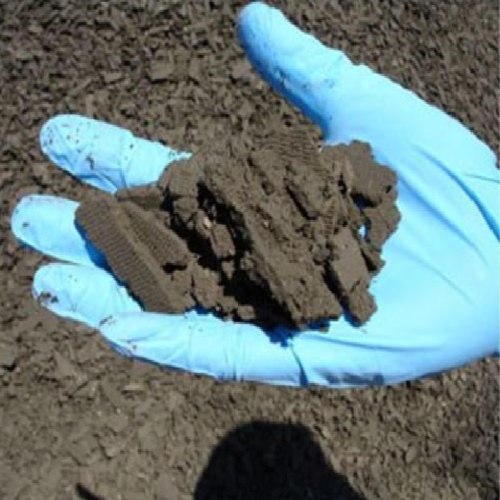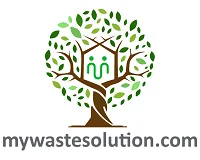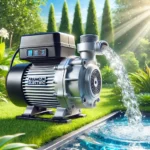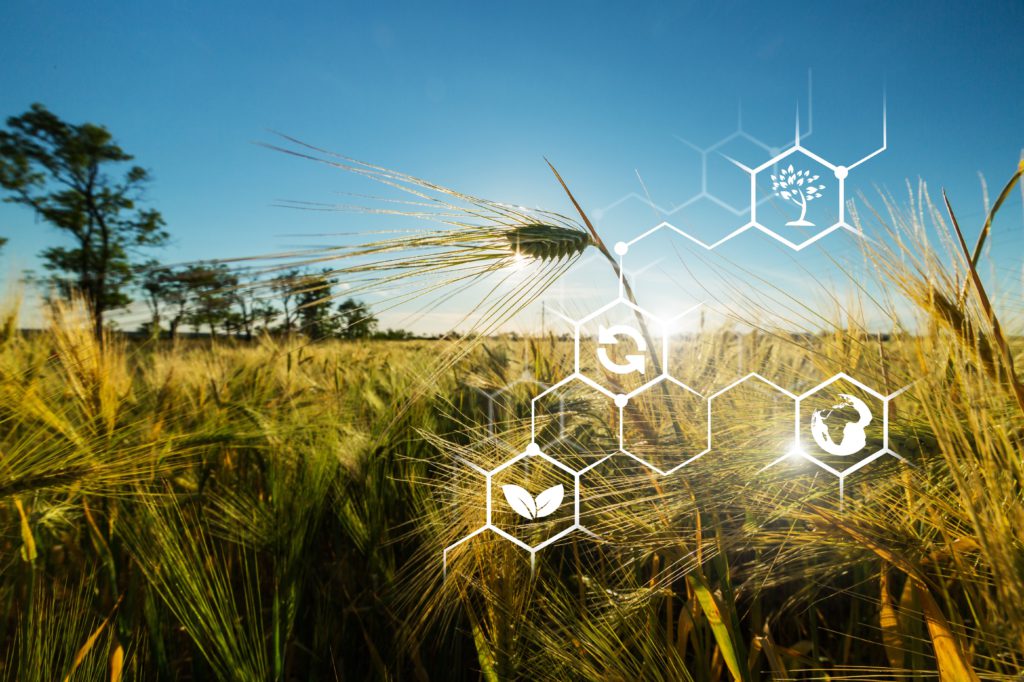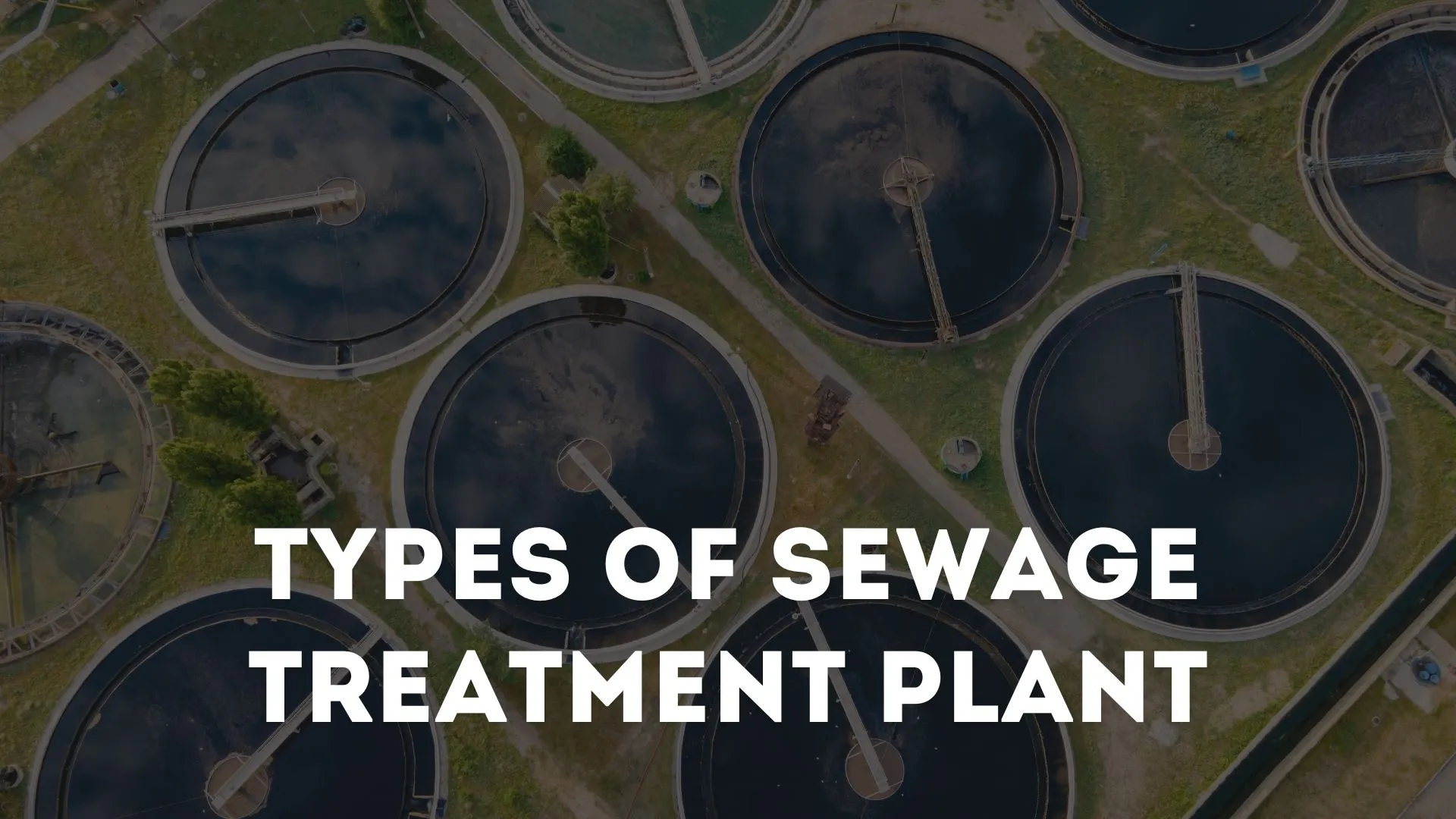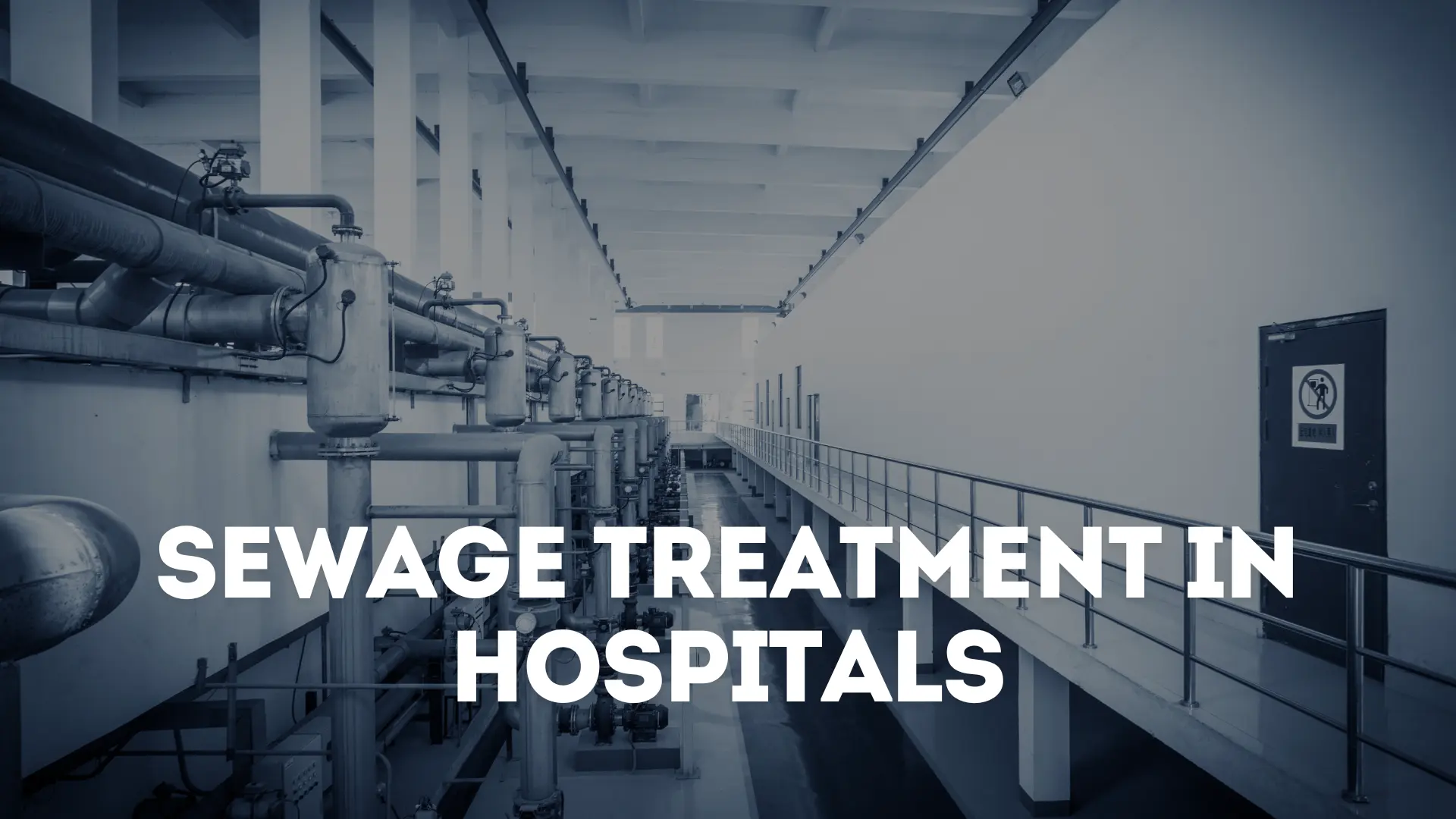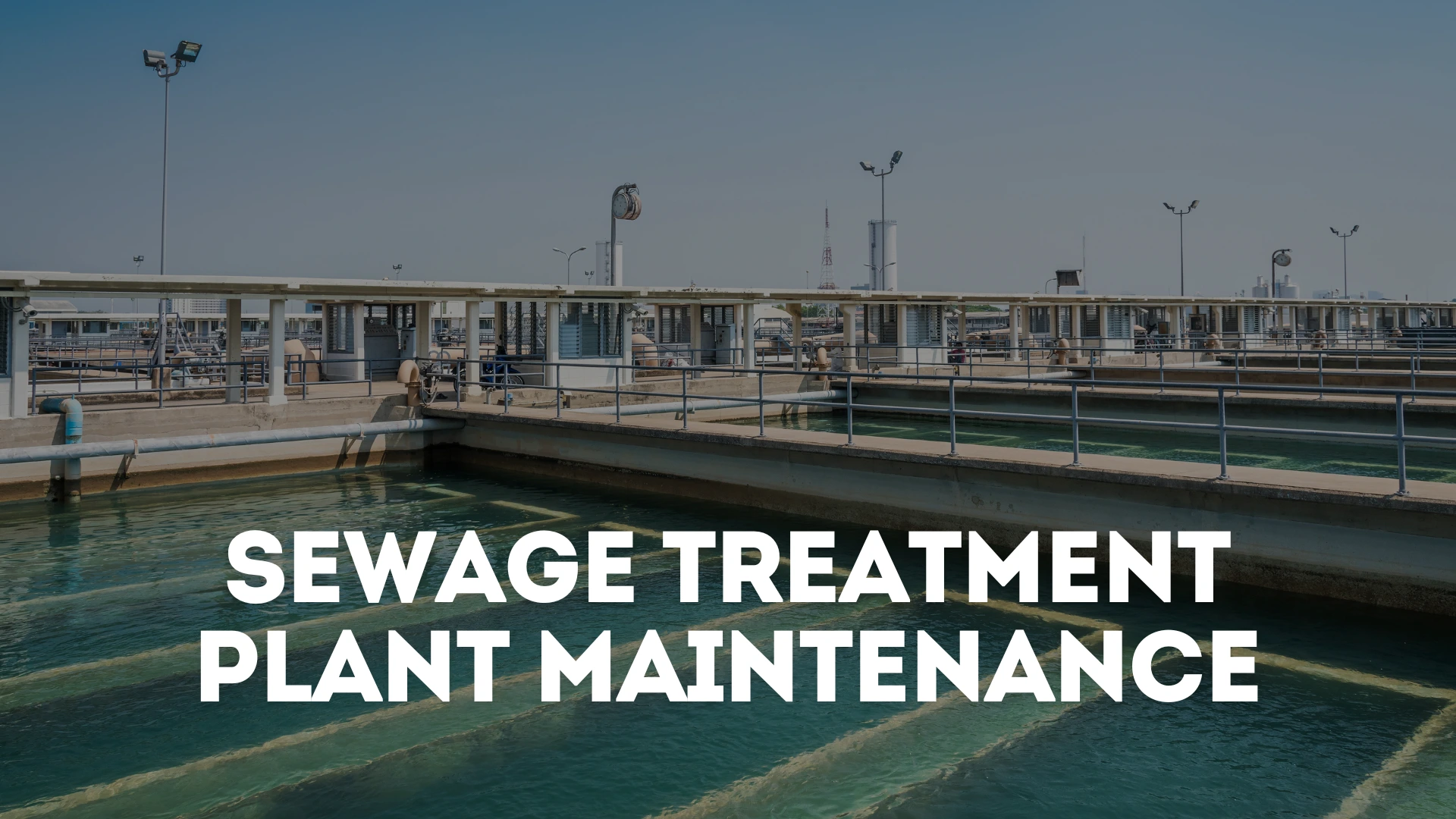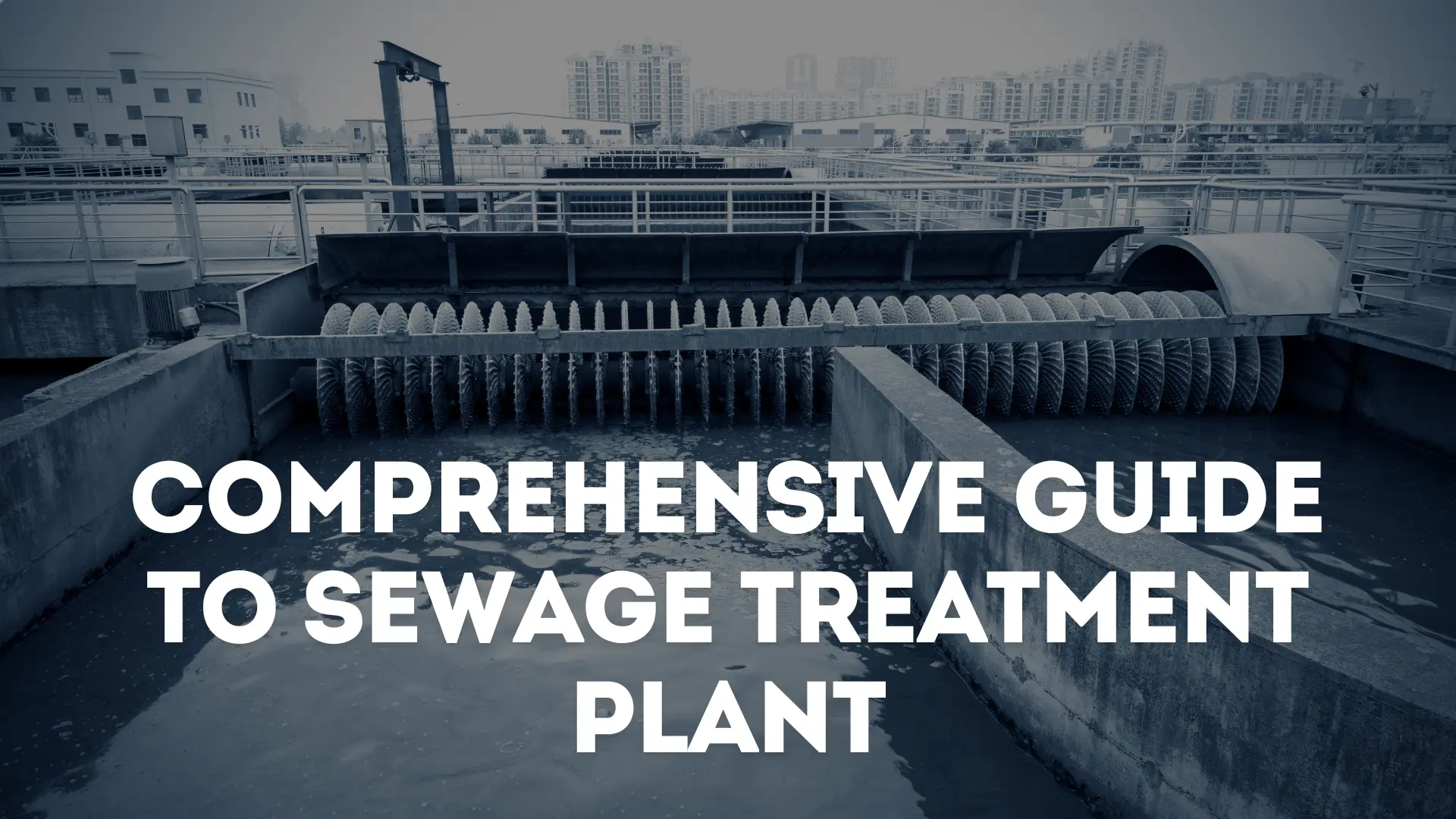Rapid industrialization is always associated with environmental problems. With the availability of pollution control technology, industries can control air and water pollution. However, wastewater treatment by industry results in the generation of a large amount of sludge. Managing this sludge is a new challenge for industries. Disposal of the sludge directly from ETP to the environment deteriorates surface soil and contaminates ground and surface water; which becomes an environmental and public health issue. In this blog, we are going to discuss ETP and the processes involved in it and ETP sludge, treatment, and disposal methods of ETP sludge and how we can reuse this treated sludge. Now let’s start to form the basics.
What is ETP?
ETP stands for Effluent Treatment Plant, is one type of wastewater treatment process which is basically designed to treat domestic and industrial wastewater and other types of sewage. Know more about wastewater treatment process from the top wastewater consultants here. ETP is process design for treatment of wastewater from industry for its reuse and safe disposal to the environment. Aim of ETP is to treat industrial wastewater for its reuse and release safely in the environment without any harmful effects on living beings. Influent means untreated wastewater that comes into the system for treatment, effluent means treated wastewater that came from the system and sludge is the solid part that remains after wastewater treatment from ETP. Need of ETP to clean industrial wastewater and recycle it for further use, reduce the use of fresh water use and to safeguard the environment. Industrial effluent wastewater contains various impurities. Chemical related industries contain toxic chemicals, oil or grease. If industry in food and beverage related then effluent form that industry contains degradable organic impurities and effluent from sugar industry contains high number of solids. BOD, COD, nitrate, sulphate, calcium, chloride and magnesium. Direct discharge of untreated effluent from industry adversely affects the environment and aquatic animals and is responsible for change in water quality parameters which enhance consumption of dissolved oxygen from water. Industrial effluent contains a large number of impurities and therefore specific treatment called ETP is necessary before discharge in the environment. ETP works on various physical, chemical and biological processes to treat wastewater from different industries like chemical, sugar, dairy, textile, pharmaceutical, etc. Connect with our ETP Consultants to manage ETPs efficiently.
Industrial Effluent Treatment Processes
Treatment to effluent varies with the category of wastewater. Wastewater entering the ETP undergoes several treatments discharged into the environment. Industrial effluent treatment plant includes some following stages:
Preliminary Treatment
Initially the wastewater that enters into ETP undergoes some preliminary process such as screening, sedimentation, grit chamber, clarifiers, etc., primary objective of these processes is separation of large sized contaminates.
Screening– It is the first operation that occurs in wastewater treatment plants, purpose is to remove large solids.
Sedimentation– using the gravity suspended solids in wastewater gets removed.
Grid chamber– grit chamber removes the dense inorganic solids such as gravel, metal fragments and sand removal can prevent damaging of equipment like pump, compressors, etc.
Primary Treatment
Objective of the primary treatment is to remove non settleable material such as suspended solids and organic matter. Include physical and chemical methods like coagulation, flocculation, sedimentation, neutralisation, etc.
Coagulation– coagulants are added to rapid settlement of fine particles present in water, settled particles removed by sedimentation and filtration. Coagulants used are aluminium sulphate (Al2(SO4)3) (alum), ferric sulphate (Fe2(SO4)3), and ferric chloride (FeCl3).
Flocculation– above chemical coagulants added in water creates bond between particle become larger aggregates means form floccs., and can easily remove by gravity settling.
Neutralisation– aim of this process is to maintain a pH range of 6-9 of water.
Secondary Treatment
Objective of secondary treatment is to remove suspended solids and residual organics using biological and chemical processes. Following are the some of the examples of the secondary treatment:
Activated Sludge Process (ASP)– uses microorganisms to degrade organics and remove nutrients from wastewater, producing high quality effluent. Microorganisms feed on organic matter present in the wastewater.
Rotating Biological Contactor (RBC)– include disk rotation with approximately 40% area submerged in the wastewater. By absorbing oxygen from the air and pollutants from the wastewater, the pollutants are decomposed aerobically.
Trickling Filters (TF)– is an aerobic treatment that utilises microorganisms attached to a medium to remove organic matter from wastewater.
Disinfection or Tertiary Treatment
It is a final treatment provided for removal of pathogens and bacteria present in water which are responsible for the diseases in human beings. Disinfection includes chlorination, UV disinfection, RO(Reverse Osmosis), etc.
Explore Waste Water Management Solutions
Find top machinery, plants, tools, resources, companies, and consultancy for comprehensive Waste Water Solutions.
Advantages of ETP
- Clean industrial wastewater and recycle it for further use
- Meet the standards for emission of pollutants set by government
- Preserve natural environment
- Reduce the usage of fresh water in industries purpose
- Reduce water expenditure on water acquisition
What is ETP sludge?
After the industrial process, there remains material that has no other work associated with the final product; the remaining material is seen as waste. This waste accumulates in sewage treatment plants. Industrial wastewater treatment plants produce solids that are also referred to as sludge. This can be generated from biological or physical-chemical processes. Sludge is the semi-solid slurry of waste that settles at the bottom of ETP, and that slurry is brought out of the system for treatment or disposal. That slurry from ETP is known as ETP sludge. Sludge exists in a solid or semi-solid state as a byproduct of wastewater treatment, sewage treatment, and water treatment. Sludge is produced as a by-product of the treatment of industrial wastewater or during sewage treatment. It contains organic and inorganic materials, plant nutrients, pathogens, and trace elements. Sludge is defined as a “semi-solid slurry that can be produced from an industrial process, from water treatment, wastewater treatment or sewage treatment”. Sludge can be settled by suspended particles from conventional drinking water treatment. Sludge categories in primary sludge and secondary sludge.
Primary Sludge– generated from sedimentation, chemical precipitation, or other primary processes.
Secondary Sludge– generate from biological treatment. It also includes any sludge that will accumulate if primary sludge undergoes additional industrial processes.
Sludge from different plants has widely different nutrient values. Sludge term is also sometimes used for solids separated from suspension in a liquid. In the activated sludge treatment process, return activated sludge is used to enhance the degradation process in the reactor.
Some sewage plants also receive septic tank solids from household on-site wastewater treatment systems. Sludge is combined for further treatment and disposal. Treatment and disposal of sludge are major factors in the design and operation of ETP. Two basic objectives that need to be achieved before sludge disposal are reducing its volume and stabilising the organic matter. A reduced volume of sludge requires less storage volume and less cost for pumping. Stabilised sludge that doesn’t have odour can be handled without health hazards. Government of India, listed chemical sludge from wastewater treatment as hazardous waste. To get more information on ETP sludge, . connect with our consultants here.
Struggling with Waste Water Treatment issues? Connect with top consultants specialising in Waste Water Treatment.
Connect NowETP Sludge Treatment and Disposal Methods
Besides collection, transport, and storage of sludge; construction of landfill sites poses problems of land acquisition, high land and construction costs, environmental monitoring, etc. Now a global concern to find an eco-friendly solution to dispose of ETP sludge. The recycling of ETP sludge for use in building materials is environment-friendly, also cost-effective, and an alternative way to sustain a cleaner environment. Which reduces the load of other building materials. The use of ETP sludge as a partial supplement to building materials plays an important role. The usage of industrial solid wastes as building materials will exhibit environmental benefits such as conservation of natural resources, decrease in mining activity, reduction in landfill capacity, and minimising global warming.
Sludge is the main waste stream generated from water purification, drinking, and wastewater for environmental discharge. It requires processing to reduce its volume, risk to the environment, risk to public health, odour, etc. The organic component of the sludge is quantified as the volatile solids (VS) content. These solids referred to as biosolids can be used as fertiliser or energy recovered by conversion to heat or fuel. Now let’s discuss a brief overview of the sludge treatment methods to help you gain a better understanding of the treatment techniques.
Following are some ETP sludge treatment processes are discussed briefly:
Sludge Thickening
Sludge comes in massive volumes, especially if it is untreated or has a lot of water content. So, it needs to be treated to reduce its volume. Thickening is the first step in the treatment process. Sludge is thickened in a gravity thickener to reduce its volume to less than half. The thickened sludge is, therefore, easier to remove from any surface. Thus, sludge can be easily handled. Dissolved Air Flotation (DAF) is another alternative that can be used to thicken the sludge by using air bubbles to allow the solid mass to float to the top.
Sludge Digestion
Sludge digestion is a biological process in which the organic solids present in the sludge are decomposed into stable substances. This process also helps reduce the mass of solids, while destroying pathogens to enable easy dewatering. Easier to remove the sludge from any surface. The sludge digestion process is a two-phase process. In which organics are metabolised by bacteria anaerobically. In the first stage, the dry solid sludge is heated and mixed in a closed tank to enable anaerobic digestion by acid-forming bacteria. Bacteria hydrolyze the molecules of proteins and lipids and break them into smaller water-soluble molecules. Sludge further drains into the second tank where it is converted into carbon dioxide and methane, this methane is combustible and further used to generate power. Anaerobic digestion is very sensitive to acidity, temperature, and other factors. It requires monitoring control. Sometimes sludge is injected with extra hydrolyzed enzymes at the beginning of the first digestion stage to supplement the action of bacteria. Enzymatic treatment can destroy more pathogens in the sludge.
Sludge Dewatering
Sludge carries lots of water which is responsible for its large volume and weight. Approximately 70% of water content in sludge. Digested sludge is usually dewatered before final disposal. In most cases, dewatered sludge usually contains a significant amount of water, as much as 70 percent, despite its solidified state. Even with that water content, sludge does not behave as a liquid and can be handled as a solid. So, it is important to dry and dewater the sludge. Sludge drying bed is the most common way to carry out dewatering, this process is time-consuming and may take a week to complete. A sludge drying bed is the simplest method for dewatering. Digested sludge is spread on the open surface of sand and allowed to remain till dry. Dewatering takes place through evaporation and gravity drainage through the sand. A piping network builds under the collection of water. Which pumped back to the head of the plant. To fasten a process solid-liquid separation device is used to carry out this process. Centrifugation is one of the most preferred methods of dewatering sludge; it becomes easier to retrieve all the water and enables easier handling of the sludge in shorter durations at reduced costs. Other alternatives are the rotary drum vacuum filter and the belt filter press. Dewatering sludge doesn’t attract mosquitos, flies, or other insects.
Find and connect with leading companies specializing in Waste Water solutions.
Get Connected Today
Sludge Incineration
Incineration includes burning the dried sludge to reduce the organic content to an ash that can be disposed of or reused. Incinerators may also include heat recovery features. Undigested sludge solids have some fuel value as a result of their high organic content. However, the water content must be reduced to a large amount by dewatering or drying for take advantage of the fuel potential of the biosolids that present in sludge. For this reason, pressure filtration dewatering equipment is used to obtain bio solids, which are sufficiently dry to burn without continual reliance on auxiliary fuels. Sometimes bio solids are mixed with fuel prior to burning. Generally, waste heat is recovered to provide the greatest amount of energy efficiency.
Sludge Disposal
After dewatering of sludge, it is buried underground in a landfill or used as fertiliser, its usage depends on its chemical composition. The final disposal of sludge, which cannot be reused, is landfilling or incineration. Sludge for landfilling contains heavy metals or toxic chemicals, the lining of the landfill with clay or plastic may be required to prevent contamination of groundwater. Incineration of sludge is done in a furnace or fluidized bed furnace. Energy is required to dry the sludge. Combustion gases need treatment to meet air pollution control standards. Operation costs are high in incineration. If sludge is too toxic then instead of being buried or reused it is simply incinerated and converted into ash. Sludge is treated using a standard plan of action, the origin of the sewage, the treatment process used to reduce the sewage to sludge, and products that can be retrieved from it for further use are important factors needed to know before choosing a sludge treatment plan. This will help to optimise overall output and reduce costs by salvaging useful materials for secondary use before ultimate disposal. The characteristics of sludge vary widely from relatively fresh materials to sludge, which has undergone bacterial decomposition. Treatment required for sludge is dependent on the characteristics of the sludge. Sludge contains large numbers of pathogens. Sludge should always be handled with care to avoid contact with pathogens and harmful bacteria. The final destination of treated sewage sludge usually is the land. Sludge may be spread on agricultural land to make use of its value as a fertiliser. If sludge contains toxic industrial chemicals, it is not spread on land where crops are grown. When a suitable site for land disposal is not available, as in urban areas, sludge may be incinerated. Incineration completely evaporates the moisture and converts the organic solids into inert ash. The ash must be disposed of, but the reduced volume makes disposal more economical.
Objectives of Treating ETP Sludge
In the above points, we discussed methods of treatment for ETP sludge. Now let’s discuss objectives that need to be achieved by implementing these ETP sludge treatment methods.
Following are objective of treating ETP sludge:
Reducing volume of sludge
By reducing the volume of sludge it becomes easy to handle and is light in weight, thickening and drying of sludge are some methods to reduce the volume of sludge.
Stabilising its organic material
Sludge from chemical treatment or wastewater treatment plants could contain chemicals that will react if disposed of in an open environment. That’s why sludge is treated to stabilise such chemicals so that they do not affect the environment, and health of the plants, animals, and human beings. Stabilised sludge smells less, and has nutrients and microorganisms beneficial to plants.
Remove odour from sludge
Stabilised sludge does not have an offensive odour, as compared to untreated sludge, which can cause health hazards. That’s why it is important to treat sludge before exposing it to the environment.
To ensure it can safely be used
After treatment of sludge, it can safely be used as fertiliser or for controlling soil erosion, and other uses. If it is not treated, it can be hazardous, not only to those who touch it but also to the land upon which it is disposed as well as to any crop on such land.
Kill pathogens
There are numerous pathogens present in sludge, including bacteria, protozoa, and viruses that cause diseases. If the pathogen contains sludge disposed openly on the ground it affects crops. If the sludge will be applied to crops, it requires more treatment to reduce the pathogens from it.

Explore the Best Waste Water Treatment Machinery and Plants for your Industrial Needs.
Connect TodayUses of Sludge
Untreated sludge ETP contains very high levels of contaminants that lead to environmental degradation if proper disposal is not done. For proper disposal, we discussed the treatment process for sludge from ETP. If proper treatment is done on sludge then it can be further reused for various purposes. Now let’s discuss how treated sludge can be used.
Following are some uses of treated sludge:
For agriculture use
Treated sludge can be used for agricultural purposes in gardening, forestry, and parks. But sludge from ETP contains lower nutrient levels as compared to common fertilisers for nitrogen, potassium, and phosphorus. Sludge also contains heavy metals and contaminants so sometimes it’s not suitable for agricultural use. It requires a treatment process that removes this contaminant. Common fertilisers also contain a small level of metals and contaminants. That’s even if sludge contains heavy metals, treated sludge is preferred for use as fertilisers.
Landscaping
Sludge will dry off and become part of the land. That makes sludge useful for landscaping instead of getting soil from other locations. Sludge contains nutrients that allow for the growth of plants and grass. Nutrients from sludge can also accelerate reforestation if the location in which the sludge is deposited is used for such purposes.
Used for controlling soil erosion
Sludge has properties such as bulking and water retention. Sludge retains more water help in holding more soil. For this reason, sludge is preferred for controlling the soil erosion, especially in sloppy areas where soil erosion could be common.
Used as alternative fuel source in cement industry
It is an attractive disposal method for ETP sludge. It is a practice that has been adopted in several countries. Sludge has a high calorific value of 10-20 MJ/Kg and a lower carbon dioxide emission factor in comparison to coal in cement kilns.
Domestic use for heating and cooking
Sludge treated using the anaerobic digestion method, can be beneficial to homes for heating and cooking purposes. That sludge can be held in storage without air at temperatures between 20 and 55° C for between 15 and 60 days. This process will lead to the production of methane and other gases. The methane, carbon monoxide, and hydrogen collected can be combusted or oxidised with oxygen. It means that the biogas released will be used as fuel for cooking and it can also be converted into a gas engine to produce electricity and heat.
Ceramic manufacturing out of ETP sludge
Above we discussed some general usage of ETP sludge. Now let’s discuss how sludge can actually be used in building material, particularly ceramic manufacturing. Sludge has a variety of uses in building material manufacturing like bricks, concrete, etc. After reading the following paragraph you may be able to understand Ceramic manufacturing out of sludge.
Morais L. C., Vianna R. S. C., Campos V., Fraceto L.F., Rosa A.H., and Büchler P.M. studied the use of sludge as a ceramic material. They utilised sludge from water treatment plants which mainly collect domestic wastewater. The sample they used contained two kinds of cationic polymer: PRAESTOL 852 BC and 857 BS. It was dried at 110°C until reaching a constant weight. After drying it was ground and screened through a 0.075 mm nylon screen for powder obtained from sludge. A portion of this sample was fired in a ceramic furnace until a peak at 1050°C. Sewage sludge ash (SSA) was obtained after a thermal treatment with a peak at 1010°C. Some advantages of SSA usage in the building industry are lessened aggregated value due to waste existence, minimization of local environmental impact avoids the landfill disposition of sludge, and can be used by the government in public building construction.
Conclusion
From the above discussion, we can say that proper treatment requires sludge before final disposal. Untreated sludge can adversely affect the environment, and also human beings. After treatment, the sludge can be used as fertiliser, for landscaping, or for other purposes. Considering environmental concern, the reuse of ETP sludge as building material or any other purpose plays an important role.
Also read : Constructed Wetlands for Wastewater Treatment
FAQ’s
Ques 1: How to dry ETP sludge?
Answer: Sludge drying beds provide for drying is the simplest method of dewatering sludge. In this process, Digested sludge is spread on an open bed of sand after which drying takes place by a combination of evaporation and gravity drainage through the sand.
Ques 2: What are the common uses of ETP sludge?
Answer: Sludge can be used as supplementary energy resources, used for agriculture, landscaping, control soil erosion, ceramic manufacturing, etc.
Ques 3: What is ETP?
Answer: ETP stands for Effluent Treatment Plant, which is one type of wastewater treatment process which is designed to treat domestic and industrial wastewater and other types of sewage. ETP is a process designed for the treatment of wastewater from industry for its reuse and safe disposal to the environment.
Ques 4: How is sludge treated?
Answer: Sludge is treated using processes such as sludge thickening, digestion, dewatering, incineration, etc.
